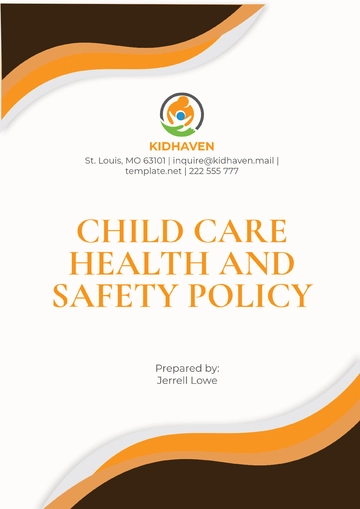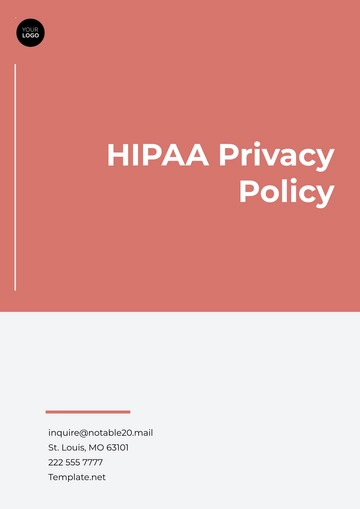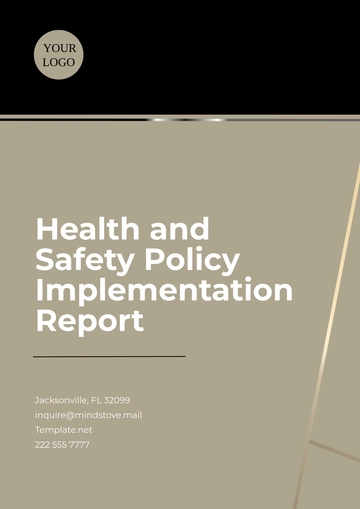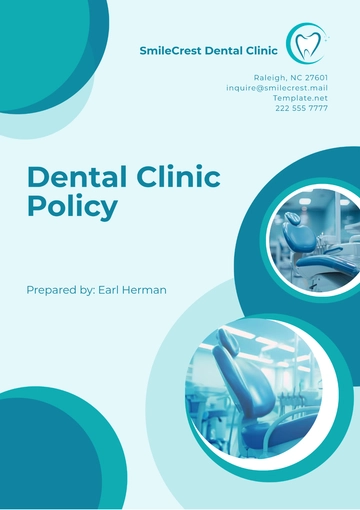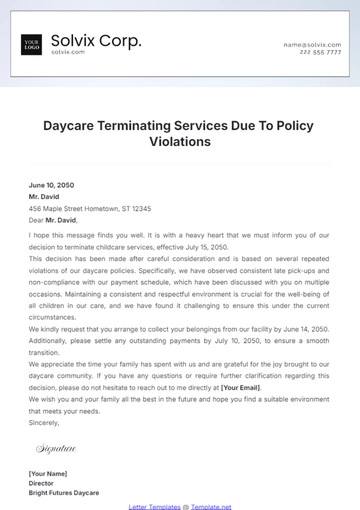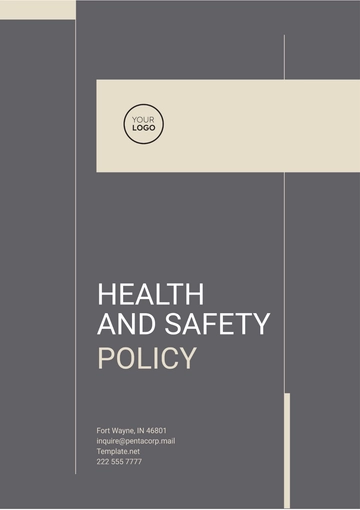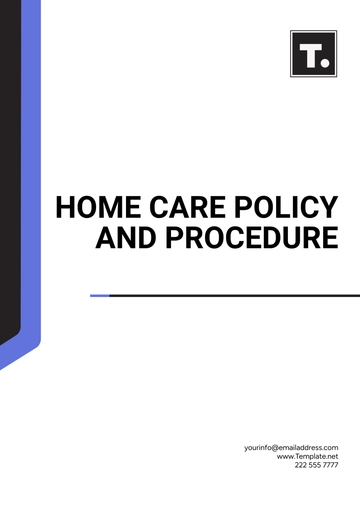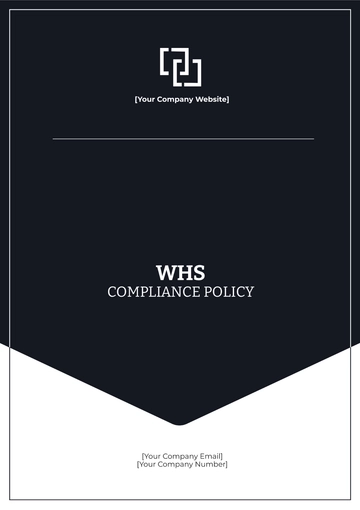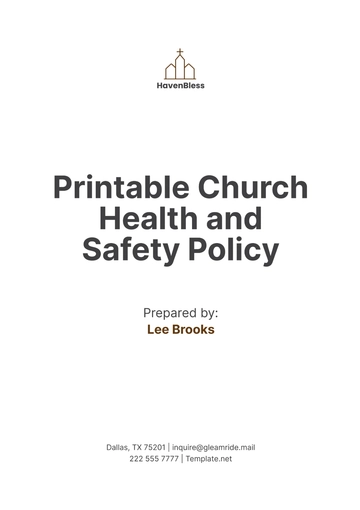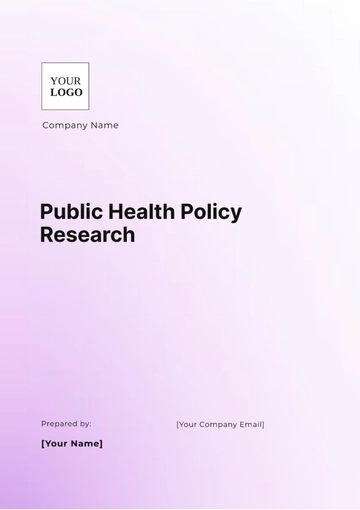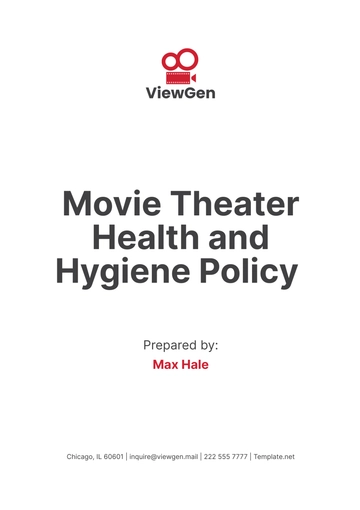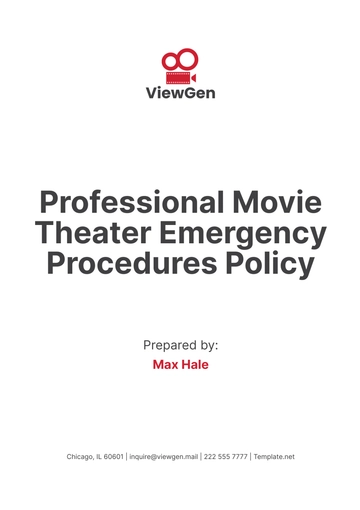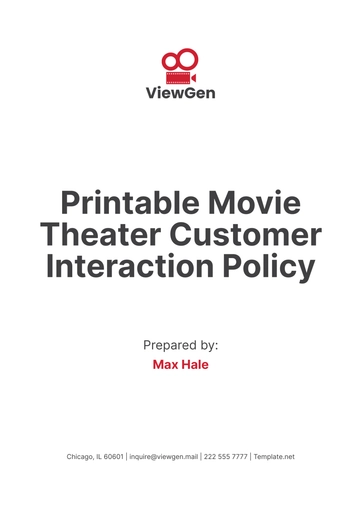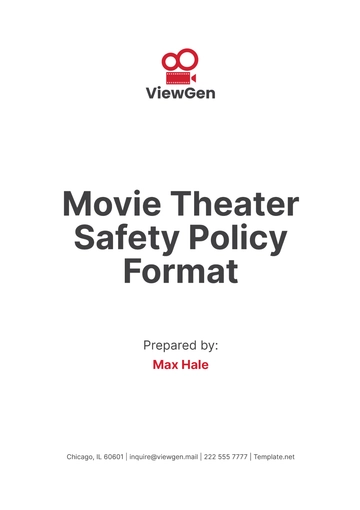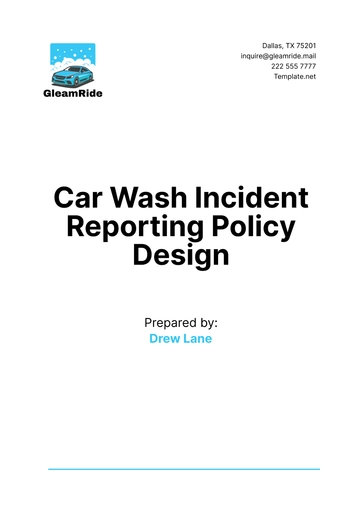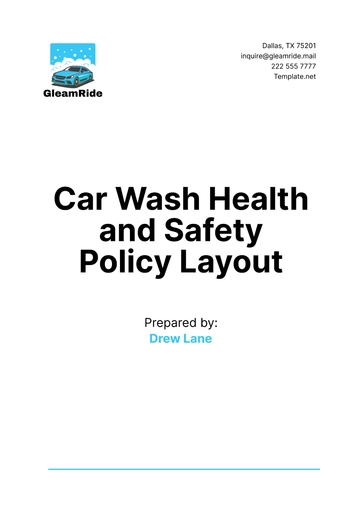Free Nursing Home Disciplinary Policy
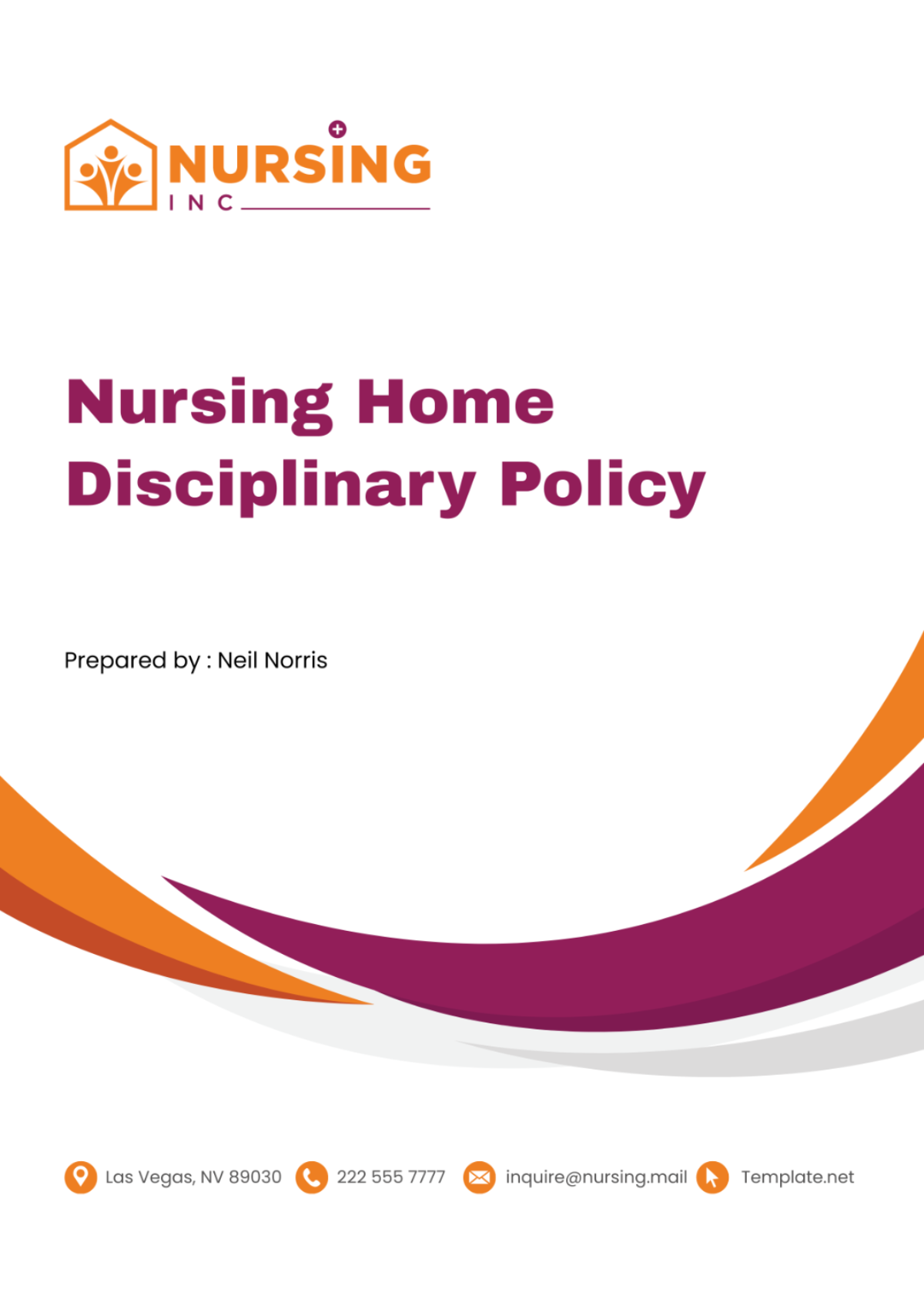
I. Policy Statement
The disciplinary policy of [Your Company Name] is designed with the aim of promoting a culture of respect, safety, and professionalism within our nursing home. This policy provides clear guidelines for managing and dealing with inappropriate behaviors and violations in the workplace.
A. Promotion of Respect and Safety
Respectful Environment: The policy promotes a culture where respect is paramount. This creates a positive and supportive living environment for all our residents.
Safety Measures: The policy outlines the safety measures that need to be adhered to, ensuring a safe environment for both the residents and the staff.
Professionalism: The policy encourages professionalism among the staff, ensuring that they conduct themselves in a manner that upholds the reputation of [Your Company Name].
B. Guidelines for Managing Misconduct
Clear Guidelines: The policy provides clear guidelines for managing misconduct, ensuring that all staff members understand what is expected of them and the consequences of non-compliance.
Addressing Violations: The policy outlines the steps that will be taken to address violations, ensuring that issues are dealt with promptly and effectively.
Prevention of Misconduct: The policy also includes measures to prevent misconduct, promoting a positive and respectful environment.
II. Scope
This policy applies to all staff members, regardless of their position or status. This includes full-time, part-time, temporary staff, volunteers, interns, and contractors.
A. All Staff Members
Uniform Application: The policy applies to all staff members, ensuring that everyone is held to the same standards of conduct.
Understanding of Policy: All staff members are expected to understand and adhere to the policy, ensuring a consistent approach to discipline.
Accountability: The policy holds all staff members accountable for their actions, promoting a culture of responsibility and professionalism.
B. Various Employment Types
Inclusive Scope: The policy covers various types of employment, including full-time, part-time, and temporary staff, as well as volunteers, interns, and contractors. This ensures that everyone working in our nursing home, regardless of their role or employment status, understands and adheres to our standards of conduct.
Consistent Standards: Regardless of the type of employment, all staff are expected to uphold the same standards of conduct, ensuring consistency across [Your Company Name].
Adherence to Policy: All staff, regardless of their employment type, are required to adhere to the policy, promoting a uniform culture of respect and professionalism.
III. Guidelines
The guidelines of this policy ensure fairness and consistency in dealing with alleged misconduct and promote a system of progressive discipline.
A. Fairness and Consistency
Fair Procedures: All disciplinary procedures in response to alleged misconduct will be carried out fairly, ensuring that all staff members are treated with respect and justice. This includes conducting thorough investigations, giving the accused an opportunity to present their side of the story, and ensuring that the disciplinary action is proportionate to the misconduct.
Consistent Application: The policy will be applied consistently to all staff members, ensuring that everyone is held to the same standards and that similar offenses receive similar disciplinary actions. This promotes a sense of fairness and justice among the staff.
Impartiality: The management will remain impartial during the investigation and disciplinary process. This ensures that the process is fair and unbiased.
B. Progressive Discipline
Graduated Disciplinary Actions: Disciplinary action will be taken in a graduated manner, starting with a verbal warning and advancing, if necessary, to a written warning, suspension, or termination. This allows the staff member an opportunity to correct their behavior before more severe disciplinary action is taken.
Severity-Based Actions: Depending on the severity of the offense, immediate termination may be appropriate. This ensures that serious offenses are dealt with appropriately and sends a strong message that such behavior will not be tolerated.
Documentation: Each step of the disciplinary process will be documented. This provides a record of the actions taken and the reasons for them, which can be useful for future reference or in case of legal proceedings.
IV. Procedure
The procedure of this policy includes investigation, disciplinary action, right of appeal, and confidentiality.
A. Investigation
Thorough Investigation: Upon receiving a report of unsatisfactory conduct, a thorough and impartial investigation will be conducted. This ensures that all relevant facts are considered before taking any disciplinary action.
1.1. Impartiality: The investigation will be conducted impartially, without any preconceived notions or biases. This ensures that the outcome of the investigation is fair and unbiased.
1.2. Thoroughness: The investigation will be thorough, covering all aspects of the alleged misconduct. This ensures that all relevant facts are uncovered and considered.
Action Based on Results: Appropriate action will be taken based on the results of the investigation. This ensures that the disciplinary action is justified and proportionate to the misconduct.
2.1. Justified Actions: The disciplinary action will be based on the results of the investigation. This ensures that the action is justified and is a direct response to the misconduct.
2.2. Proportionate Actions: The disciplinary action will be proportionate to the severity of the misconduct. This ensures that the punishment fits the offense.
B. Disciplinary Action
Appropriate Disciplinary Action: The concerned employee may face disciplinary action such as a verbal, written warning, suspension or termination depending on the seriousness and frequency of misconduct. This ensures that the disciplinary action is appropriate to the misconduct.
1.1. Verbal Warning: A verbal warning serves as the first step in the disciplinary process. It is a formal conversation between the employee and their supervisor, where the misconduct is discussed, and the employee is given a chance to explain. The supervisor will provide clear feedback and expectations for improvement.
1.2. Written Warning: If the misconduct continues or if the offense is more serious, a written warning may be issued. This is a formal document that details the nature of the misconduct, the impact of the behavior, and the expected changes. It serves as a record of the issue and the steps taken to address it.
1.3. Suspension: If the misconduct continues after a written warning, or if the offense is severe, a suspension may be issued. This is a period during which the employee is temporarily relieved of their duties. The length of the suspension will depend on the severity and frequency of the misconduct. During this time, the employee will have an opportunity to reflect on their actions and the impact of their behavior.
1.4. Termination: If the misconduct still continues after a suspension, or in cases of extremely serious offenses, termination of employment may be the final step. This is the most severe form of disciplinary action and is only used as a last resort when all other forms of disciplinary action have failed to correct the misconduct, or the misconduct is so severe that it warrants immediate dismissal.
Consideration of Circumstances: The disciplinary action will take into account the circumstances of the misconduct, including its seriousness, the employee’s past record, and any mitigating factors. This ensures that the action is fair and appropriate.
2.1. Seriousness of Misconduct: The severity of the misconduct is a major factor in determining the disciplinary action. More serious offenses will warrant stricter disciplinary actions.
2.2. Employee’s Past Record: The employee’s past record is also considered. An employee with a history of similar misconduct may face stricter disciplinary action compared to a first-time offender.
2.3. Mitigating Factors: Any mitigating factors, such as provocation or stress, are also considered. These factors may influence the disciplinary action, but they do not excuse the misconduct.
C. Right of Appeal
Appeal Rights: An employee who has been disciplined has the right to appeal the decision. This ensures that the employee’s rights are protected and that they have a chance to present their case.
1.1. Right to Appeal: The employee has the right to appeal the disciplinary action. This provides a check and balance in the disciplinary process and ensures that the employee’s rights are protected.
1.2. Appeal Procedure: The appeal should be submitted within ten working days after the notice of disciplinary action. This ensures that the appeal process is timely and efficient.
Fair Appeal Process: The appeal process is designed to be fair and impartial. It provides the employee with an opportunity to challenge the disciplinary action and to present any additional evidence or arguments.
2.1. Impartial Review: The appeal will be reviewed by an impartial party, usually someone in a higher position or from the human resources department. This ensures that the appeal is reviewed objectively.
2.2. Opportunity to Present Case: During the appeal process, the employee will have the opportunity to present their case. This includes presenting any additional evidence or arguments that support their case.
V. Reporting
Reporting is a crucial part of our disciplinary policy. It ensures that any misconduct or inappropriate behavior is brought to light so that it can be addressed appropriately. The following table outlines the key aspects of the reporting process:
Aspect | Description |
|---|---|
Who Should Report: | All staff members |
What to Report: | Suspected or witnessed misconduct |
When to Report: | Immediately |
Where to Report: | To a direct supervisor or human resources representative |
A. Who Should Report
All staff members are encouraged to report any suspected or witnessed misconduct. This collective responsibility helps to maintain a safe and respectful environment in our nursing home. It also empowers every staff member to contribute to the enforcement of our disciplinary policy.
B. What to Report
Staff members should report any behavior that they suspect or witness as being misconduct. This could range from minor infractions, such as consistently arriving late, to major offenses, such as mistreatment of residents. By reporting these behaviors, staff members help to ensure that they are addressed and do not become pervasive issues.
C. When to Report
Staff members should report misconduct immediately. Prompt reporting allows for swift action to be taken, which can prevent the escalation of the issue and minimize any potential harm or disruption.
D. Where to Report
Reports can be made to a direct supervisor or a human resources representative. These individuals are equipped to handle such reports and take the necessary actions. Providing multiple reporting channels ensures that staff members have a means of reporting misconduct, even if their direct supervisor is the one involved in the misconduct.
The reporting process is a critical component of our disciplinary policy. It ensures that misconduct is identified and addressed promptly and effectively. By encouraging all staff members to report suspected or witnessed misconduct, we foster a culture of accountability and mutual respect. This contributes to a positive work environment where all staff members feel valued and respected.
Moreover, the reporting process empowers our staff members to play an active role in maintaining the high standards of conduct that we expect at [Your Company Name]. It sends a clear message that misconduct will not be tolerated and that everyone has a role to play in upholding our disciplinary policy.
VI. Policy Review
A. Regular Reviews
Relevance and Effectiveness: The policy will be reviewed at least every 2 years. Regular reviews ensure that the policy remains relevant to the current needs and circumstances of the nursing home. They also allow for the evaluation of the policy’s effectiveness and the implementation of improvements as needed.
Legal and Regulatory Compliance: Regular reviews ensure that the policy remains compliant with all relevant laws and regulations. This is particularly important as laws and regulations can change over time.
B. Reviews Triggered by Changes
Changes in Laws and Regulations: If there are changes in laws or regulations that affect the disciplinary policy, the policy will be reviewed and updated as necessary. This ensures that the policy remains legally compliant at all times.
Changes in Circumstances: If there are significant changes in the circumstances of the nursing home, such as a change in management or a significant increase in staff or residents, the policy may be reviewed and updated as necessary.
- 100% Customizable, free editor
- Access 1 Million+ Templates, photo’s & graphics
- Download or share as a template
- Click and replace photos, graphics, text, backgrounds
- Resize, crop, AI write & more
- Access advanced editor
Maintain a positive and productive work environment with this editable Nursing Home Disciplinary Policy Template from Template.net! This customizable template provides a structured framework for addressing employee misconduct and implementing disciplinary actions when necessary. Utilize the AI Editor Tool to tailor the template to your organization's unique requirements! Download now!
You may also like
- HR Policy
- Restaurant Policy
- Company Policy
- Accounting Policies and Procedures
- Website Policy
- Privacy Policy
- Safety Policy
- School Policy
- IT and Software Policy
- Law Firm Policy
- Construction Policy
- Interior Design Policy
- Travel Agency Policy
- Education Academic Policy
- Security Policy
- Real Estate Policy
- Expense Policy
- Software Policy
